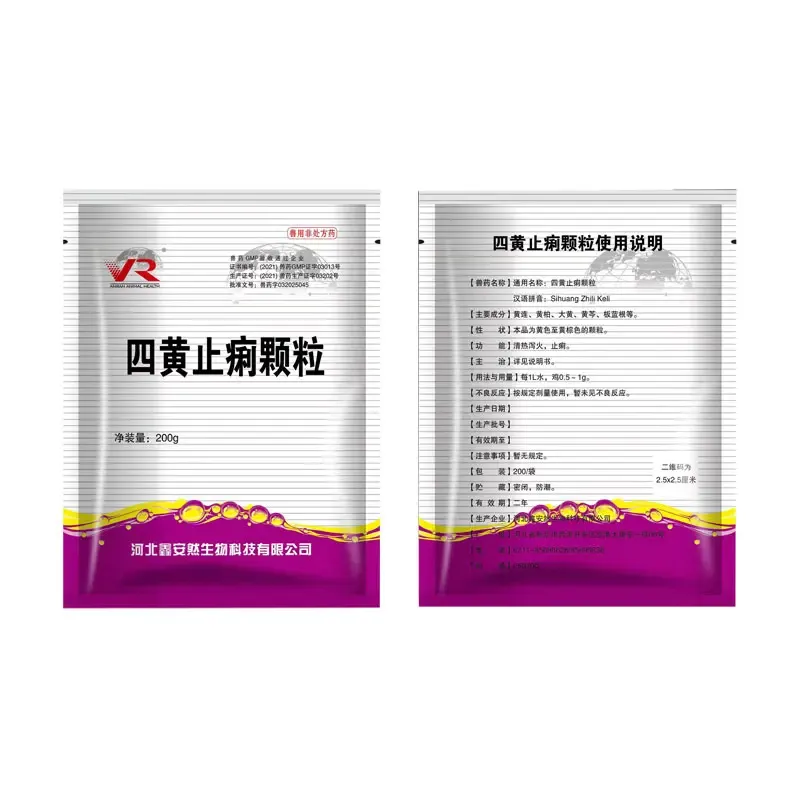- Afrikaans
- Albanian
- Amharic
- Arabic
- Armenian
- Azerbaijani
- Basque
- Belarusian
- Bengali
- Bosnian
- Bulgarian
- Catalan
- Cebuano
- Corsican
- Croatian
- Czech
- Danish
- Dutch
- English
- Esperanto
- Estonian
- Finnish
- French
- Frisian
- Galician
- Georgian
- German
- Greek
- Gujarati
- Haitian Creole
- hausa
- hawaiian
- Hebrew
- Hindi
- Miao
- Hungarian
- Icelandic
- igbo
- Indonesian
- irish
- Italian
- Japanese
- Javanese
- Kannada
- kazakh
- Khmer
- Rwandese
- Korean
- Kurdish
- Kyrgyz
- Lao
- Latin
- Latvian
- Lithuanian
- Luxembourgish
- Macedonian
- Malgashi
- Malay
- Malayalam
- Maltese
- Maori
- Marathi
- Mongolian
- Myanmar
- Nepali
- Norwegian
- Norwegian
- Occitan
- Pashto
- Persian
- Polish
- Portuguese
- Punjabi
- Romanian
- Russian
- Samoan
- Scottish Gaelic
- Serbian
- Sesotho
- Shona
- Sindhi
- Sinhala
- Slovak
- Slovenian
- Somali
- Spanish
- Sundanese
- Swahili
- Swedish
- Tagalog
- Tajik
- Tamil
- Tatar
- Telugu
- Thai
- Turkish
- Turkmen
- Ukrainian
- Urdu
- Uighur
- Uzbek
- Vietnamese
- Welsh
- Bantu
- Yiddish
- Yoruba
- Zulu
Դկտ . 21, 2024 05:40 Back to list
ivermectin injection dosage for sheep
Ivermectin Injection Dosage for Sheep A Comprehensive Guide
Ivermectin is a widely used antiparasitic treatment initially developed for various animal and human applications. For sheep farmers, understanding how to use Ivermectin effectively is crucial for maintaining the health and productivity of their flocks. This article will explore the appropriate dosages, methods of administration, and considerations when using Ivermectin injection for sheep.
Understanding Ivermectin
Ivermectin is an endectocide, effective against a range of internal and external parasites, including gastrointestinal roundworms, lungworms, mites, and lice. Its efficacy lies in its ability to disrupt the nervous system and muscle functions of parasites, leading to their eventual death. Due to its broad spectrum of activity, Ivermectin has become a staple in the management of parasitic infections in sheep.
Recommended Dosage
The standard dosage of Ivermectin for sheep typically ranges from 200 to 400 micrograms per kilogram of body weight. However, the precise amount can depend on various factors, including
1. Age and Weight of the Sheep It is essential to weigh the sheep accurately to determine the correct dosage. Under-dosing can lead to inadequate treatment, while overdosing can cause toxicity. 2. Type of Infection Some parasitic infections might require higher dosages, while others do not. It’s vital to consult veterinary guidelines or professionals for specific recommendations based on the type of parasites present in the flock.
3. Form of Ivermectin Ivermectin is available in oral, topical, and injectable forms. This article focuses on the injectable formulation, which may provide a quicker onset of action compared to other forms.
Administration of Ivermectin Injection
Administering Ivermectin by injection requires careful handling to ensure the safety and well-being of the sheep. Here’s a step-by-step guide on how to properly administer the injection
1. Preparation Before administration, gather all necessary supplies including Ivermectin, a clean syringe, and a sterile needle. Make sure the injection site is clean to prevent infection.
ivermectin injection dosage for sheep

2. Restraint Properly restrain the sheep to prevent movement during the injection process. This can be done using a sheep handling system or with the help of an assistant.
3. Injection Site The preferred injection site is the subcutaneous area, typically behind the ear or along the neck. Alternatively, intramuscular injections can be given in the thigh muscle, but subcutaneous injections are less stressful for the animal.
4. Dosage Calculation Calculate the exact dosage based on the sheep’s weight and the concentration of the Ivermectin solution. For instance, if treating a 70 kg sheep with a recommended dosage of 300 micrograms/kg, the total dosage required would be 21 mg of Ivermectin.
5. Administration Draw the calculated dosage into the syringe, ensuring no air bubbles remain. Insert the needle at the appropriate angle (approximately 45 degrees for subcutaneous injections) and inject the solution slowly and steadily.
6. Post-Administration Care After the injection, monitor the sheep for any adverse reactions, which can include swelling at the injection site or signs of allergic reactions. Follow up with proper nutrition and management practices to support recovery.
Considerations and Precautions
While Ivermectin is generally safe for sheep, several precautions should be observed
- Withdrawal Times Be aware of the withholding periods for meat and milk production after administering Ivermectin, as exceeding these periods can lead to residues in food products. - Drug Interactions Always consider potential drug interactions when administering Ivermectin, especially if the sheep is on other medications.
- Resistance Management Regular use of Ivermectin can lead to the development of resistance in parasites. Rotating with other antiparasitic drugs and following a strategic deworming protocol can help mitigate this risk.
Conclusion
Ivermectin injection is an effective tool in managing parasitic infections in sheep. By adhering to recommended dosages and administration protocols, sheep farmers can significantly enhance their flock's health and productivity. Regular veterinary guidance and effective management strategies will further support successful parasitic control in sheep operations. Continuous education about drug usage and animal health is vital for sustaining healthy livestock and ultimately, profitable farming.
-
Guide to Oxytetracycline Injection
NewsMar.27,2025
-
Guide to Colistin Sulphate
NewsMar.27,2025
-
Gentamicin Sulfate: Uses, Price, And Key Information
NewsMar.27,2025
-
Enrofloxacin Injection: Uses, Price, And Supplier Information
NewsMar.27,2025
-
Dexamethasone Sodium Phosphate Injection: Uses, Price, And Key Information
NewsMar.27,2025
-
Albendazole Tablet: Uses, Dosage, Cost, And Key Information
NewsMar.27,2025













